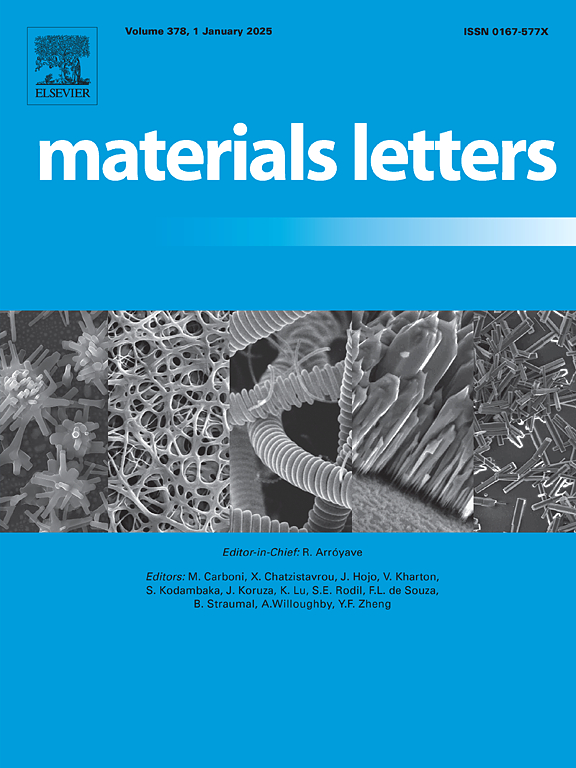Effect of curing temperature on the hydration process of carbon nanotubes modified face slab concrete at the ultra-early age
IF 2.7
4区 材料科学
Q3 MATERIALS SCIENCE, MULTIDISCIPLINARY
引用次数: 0
Abstract
The curing temperature is an important reason for the cracking of rock-fill dam face slab concrete (FSC) at early age. This paper established a Krstulovic-Dabic hydration kinetics model through XRD experiments and isothermal calorimetry (IC) experiments, and investigated the effects of curing temperature and carbon nanotubes (CNTs) on the hydration process of FSC at ultra-early age within 24 h. The results indicated that the K-D model was helpful in analyzing the hydration mechanism of FSC. The increase of curing temperature significantly accelerated the hydration reaction rate of FSC during the ultra-early age period. The addition of CNTs was beneficial for changing the crystal phase of calcium hydroxide (CH), increasing the crystallinity of CH, promoting the nucleation and growth of hydration products, and thereby improving the microstructure of FSC to enhance its cracking resistance.
养护温度对超早龄期碳纳米管改性面板混凝土水化过程的影响
养护温度是堆石坝面板混凝土早期开裂的重要原因。本文通过XRD实验和等温量热(IC)实验建立了Krstulovic-Dabic水化动力学模型,研究了固化温度和碳纳米管(CNTs)对超早龄期FSC水化过程的影响。结果表明,K-D模型有助于分析FSC的水化机理。养护温度的升高显著加快了超早龄期FSC的水化反应速率。CNTs的加入有利于改变氢氧化钙(CH)的晶相,提高CH的结晶度,促进水化产物的成核和生长,从而改善FSC的微观结构,增强其抗裂性。
本文章由计算机程序翻译,如有差异,请以英文原文为准。
求助全文
约1分钟内获得全文
求助全文
来源期刊

Materials Letters
工程技术-材料科学:综合
CiteScore
5.60
自引率
3.30%
发文量
1948
审稿时长
50 days
期刊介绍:
Materials Letters has an open access mirror journal Materials Letters: X, sharing the same aims and scope, editorial team, submission system and rigorous peer review.
Materials Letters is dedicated to publishing novel, cutting edge reports of broad interest to the materials community. The journal provides a forum for materials scientists and engineers, physicists, and chemists to rapidly communicate on the most important topics in the field of materials.
Contributions include, but are not limited to, a variety of topics such as:
• Materials - Metals and alloys, amorphous solids, ceramics, composites, polymers, semiconductors
• Applications - Structural, opto-electronic, magnetic, medical, MEMS, sensors, smart
• Characterization - Analytical, microscopy, scanning probes, nanoscopic, optical, electrical, magnetic, acoustic, spectroscopic, diffraction
• Novel Materials - Micro and nanostructures (nanowires, nanotubes, nanoparticles), nanocomposites, thin films, superlattices, quantum dots.
• Processing - Crystal growth, thin film processing, sol-gel processing, mechanical processing, assembly, nanocrystalline processing.
• Properties - Mechanical, magnetic, optical, electrical, ferroelectric, thermal, interfacial, transport, thermodynamic
• Synthesis - Quenching, solid state, solidification, solution synthesis, vapor deposition, high pressure, explosive
 求助内容:
求助内容: 应助结果提醒方式:
应助结果提醒方式:


